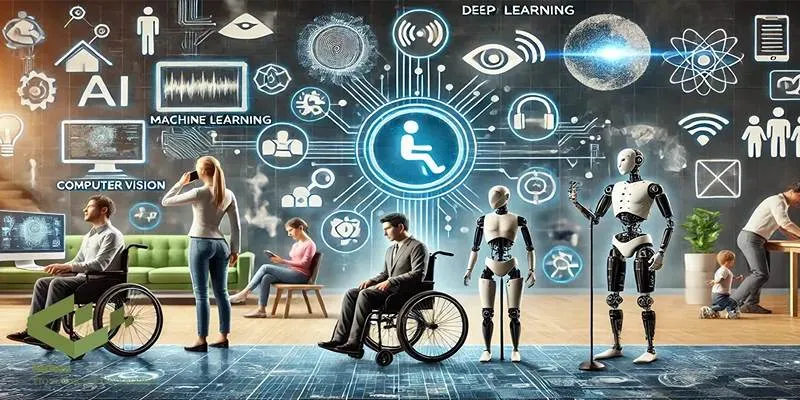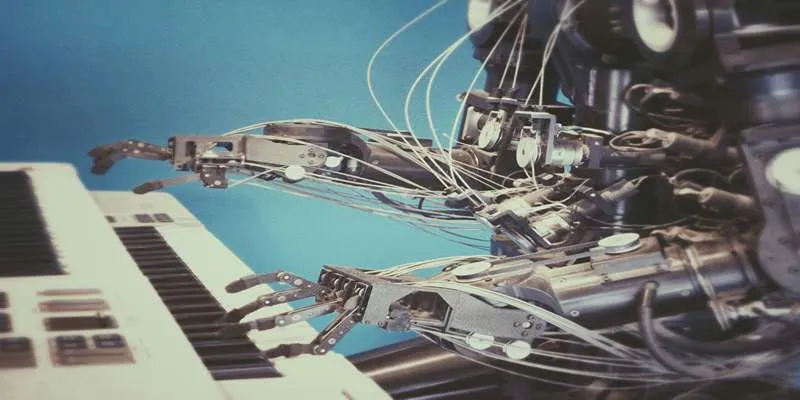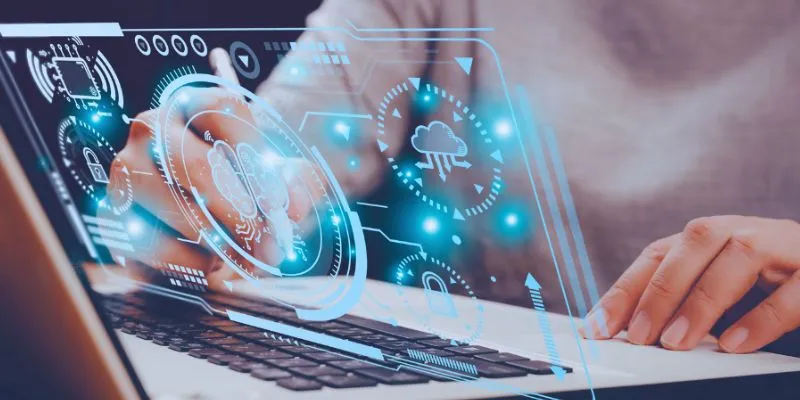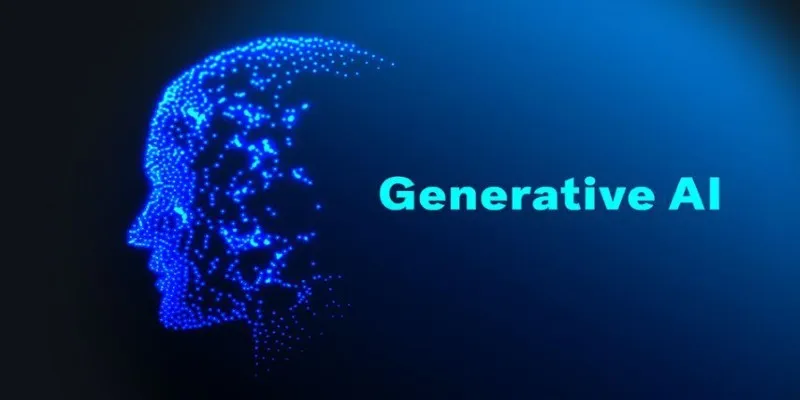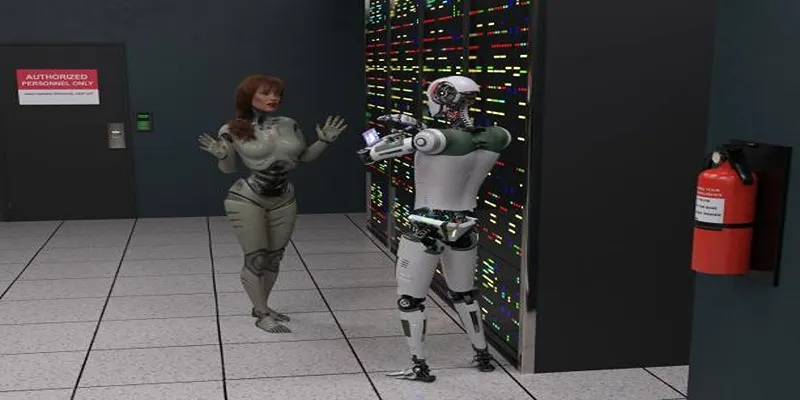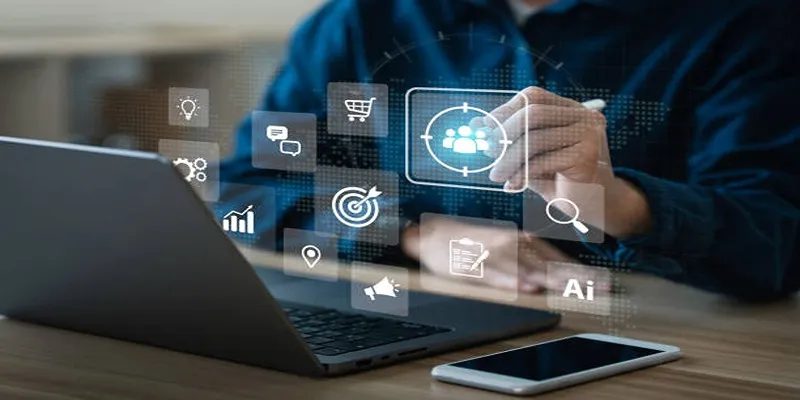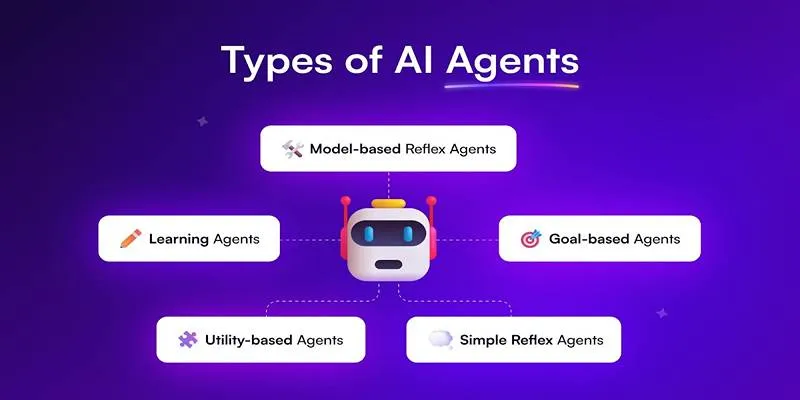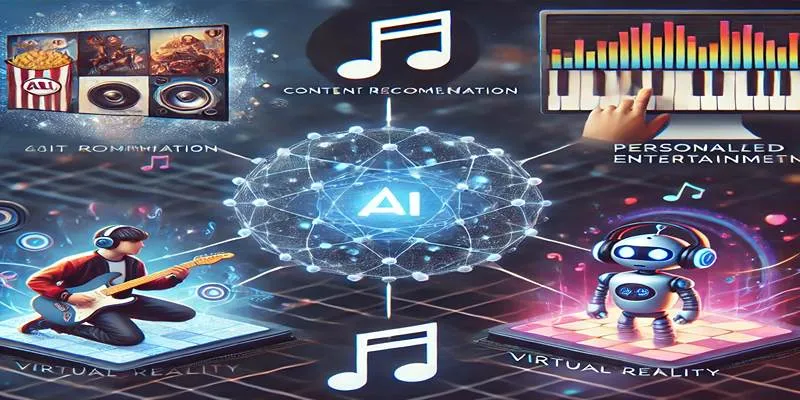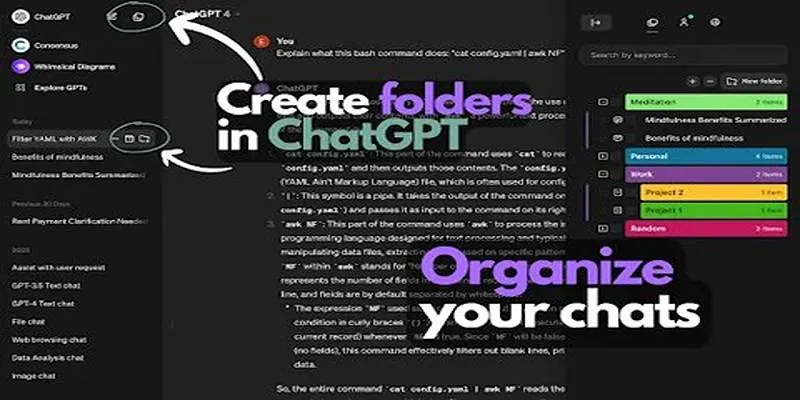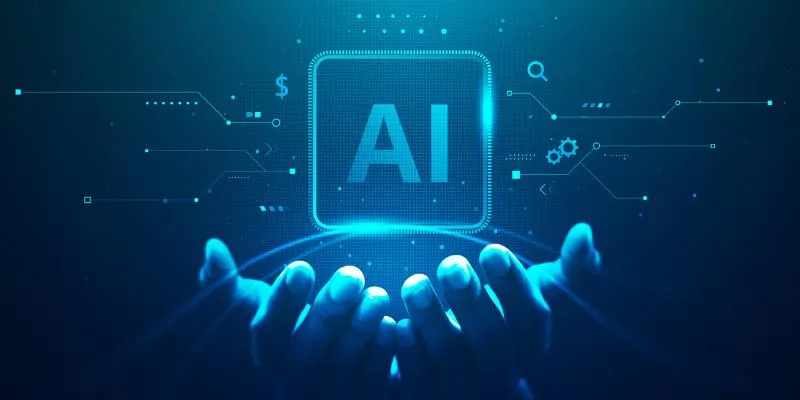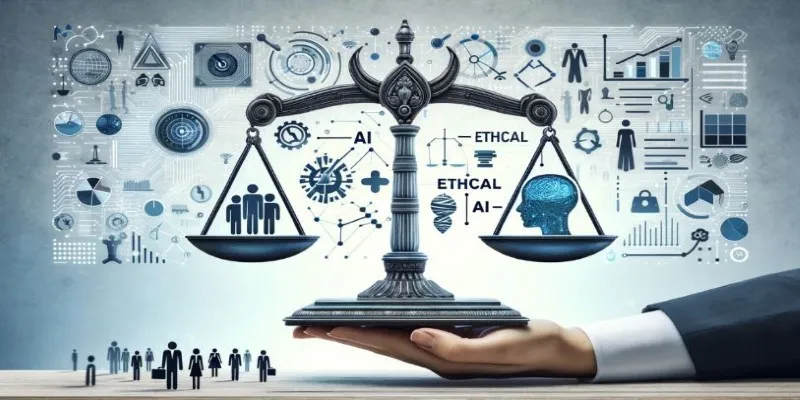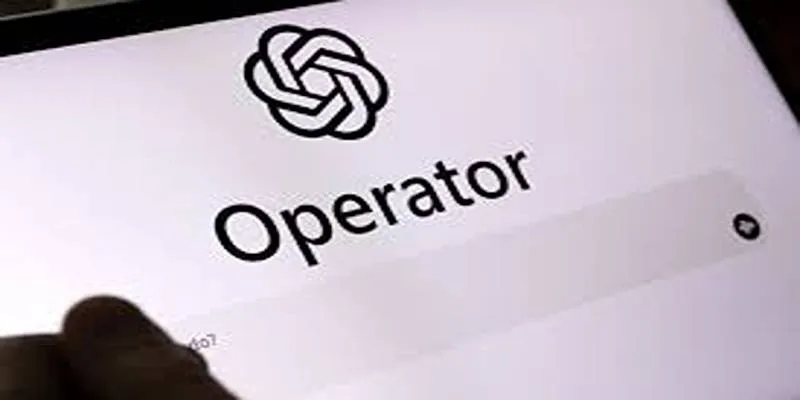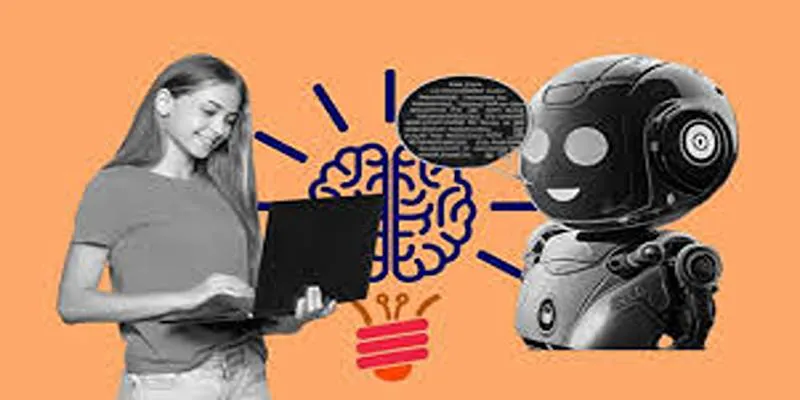Skilled workers are crucial for the growth and prosperity of communities. They form the backbone of modern society, whether they are electricians fixing power outages, nurses caring for patients, or builders constructing roads and bridges. However, local governments, contractors, and businesses often face significant challenges in sourcing and managing highly skilled workers.
Artificial Intelligence (AI) is emerging as a transformative solution. By revolutionizing the way skilled labor is sourced, deployed, and supported, AI is illuminating communities—both literally and figuratively. This post explores how AI is transforming the sourcing and management of highly specialized skilled labor , and how this transformation directly benefits local economies, public services, and human well-being.
The Skilled Labor Gap: A Growing Concern
Globally, communities are experiencing a critical shortage of skilled workers. From healthcare to renewable energy, demand is increasing, but supply is not keeping pace. Several core issues contribute to this gap:
- Outdated hiring systems that cannot keep up with modern demands
- Geographic mismatches between where jobs are and where talent resides
- Lack of data to predict future labor needs
- Inefficient workforce management tools
When communities lack access to the right talent at the right time, essential services suffer. Infrastructure delays, overloaded hospitals, and energy outages are just a few visible outcomes. This is where AI offers a breakthrough.
AI in Sourcing Specialized Skilled Labor
Artificial Intelligence can streamline the entire process of sourcing highly skilled workers. From job matching to predictive analytics, it delivers speed, precision, and scalability.
Intelligent Talent Matching
AI-powered platforms can scan thousands of profiles, resumes, and certifications in seconds, filtering for the most relevant candidates. These systems go beyond keyword searches, using machine learning to understand qualifications, experience levels, and even compatibility with a company’s culture.
For example, a community hospital in need of a specialist technician for new diagnostic equipment can use AI to instantly identify and contact qualified individuals—even across state or national borders.
Predictive Hiring Based on Community Trends
AI can analyze trends from infrastructure projects, economic development plans, and demographic changes to forecast upcoming labor needs. This proactive sourcing approach prevents future talent shortages and ensures projects don’t stall due to a lack of expertise.
AI in Managing Specialized Labor Efficiently

Once the right talent is sourced, managing these workers efficiently becomes the next big task. AI plays a key role in scheduling, tracking, and optimizing workforce operations.
Dynamic Scheduling and Deployment
Skilled labor projects often involve multiple locations, shifts, and timelines. AI-based scheduling tools automatically assign tasks based on worker availability, location, certifications, and project urgency. For example, a public utility company responding to power outages across a large area can use AI to determine the most efficient technician routes, reducing travel time and restoring services faster.
Real-Time Monitoring and Updates
AI-enabled dashboards offer live tracking of workforce performance. Supervisors can monitor project milestones, labor costs, task progress, and worker locations in real-time. This level of visibility reduces delays, flags issues early, and helps ensure safety compliance—especially in industries like construction or electrical engineering.
Upskilling and Retaining Talent Through AI
AI isn’t just a management tool—it also contributes to worker growth and retention.
Personalized Learning Paths
By analyzing employee performance data, AI can recommend specific training programs or certifications. It helps workers upgrade their skills, stay relevant in their industries, and increase their earning potential.
Examples include:
- Suggesting solar energy certifications to electricians in renewable-focused regions
- Recommending nursing specialties based on healthcare needs in aging communities
Career Pathway Transparency
When workers see clear, data-driven paths to advancement, they’re more likely to stay. AI platforms can show how gaining certain skills or experiences will open doors to new roles. It increases satisfaction and long-term workforce stability.
Supporting Community Development Through AI
Beyond the workplace, AI’s impact on skilled labor has ripple effects that uplift entire communities.
Improved Public Services
Faster, smarter deployment of specialized talent results in better community outcomes. Roads are built on time, patients are treated promptly, and utility services run smoothly. AI helps ensure no corner of a city is left underserved.
Economic Empowerment
Access to skilled work can transform individual lives. AI platforms make it easier for job seekers to find local or remote opportunities suited to their skills.
This especially helps:
- Rural populations
- Minority communities
- Veterans and returning citizens
As more individuals find meaningful work, local economies grow stronger and more resilient.
Real-World Impact Examples
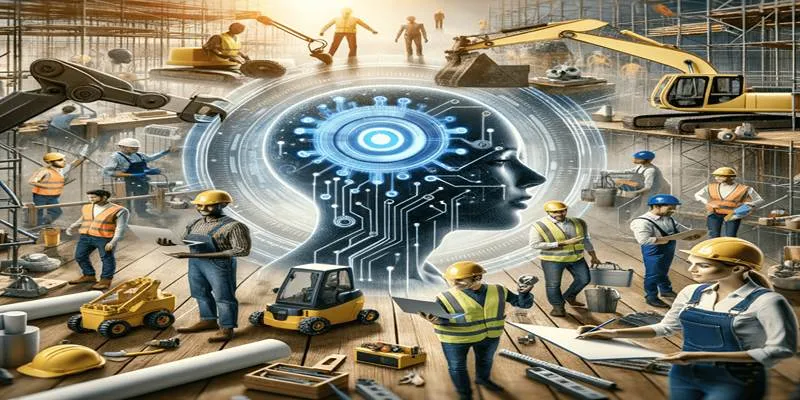
Several industries and organizations have already seen benefits from using AI in labor sourcing and management:
- Construction Firms use AI to predict worker demand and avoid costly project delays.
- Healthcare Networks match critical care specialists with hospitals based on real-time patient data.
- Energy Providers use predictive AI to ensure enough technicians are available during seasonal surges in demand.
These examples prove that AI isn’t a future concept—it’s a current solution making a real impact today.
Barriers to Adoption—and How to Overcome Them
While the benefits are clear, some communities and organizations hesitate to adopt AI. The common reasons include:
- Concerns over privacy and data usage
- Resistance to change in traditional industries
- Limited understanding of AI technology
Overcoming these barriers requires:
- Educating stakeholders on AI’s role and value
- Ensuring transparency in data practices
- Starting with small, measurable pilot projects
Communities that embrace this change early will be better positioned for long- term growth.
Conclusion
Lighting up communities means more than just providing electricity or infrastructure—it means empowering people with the right opportunities. By transforming how highly specialized skilled labor is sourced and managed, AI is helping communities grow stronger, smarter, and more connected. With faster recruitment, better workforce deployment, smarter upskilling, and broader access to opportunity, AI is turning what used to be a hiring challenge into a development advantage. Communities that adopt AI for skilled labor management today are investing in a brighter, more capable tomorrow.
 zfn9
zfn9
